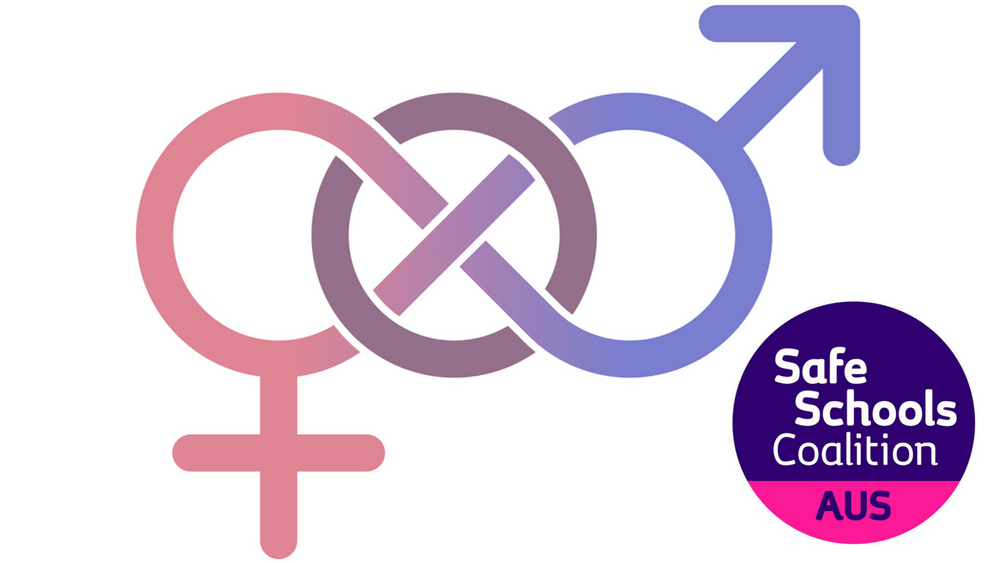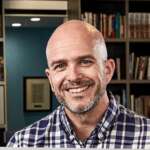Safe Schools founder claims half of young people have same-sex attraction
But the evidence doesn’t appear to support her claim
Safe Schools co-founder Roz Ward has come under fire for claiming forty to fifty per cent of young Australians experience same-sex attraction.
Ward is former director of Safe Schools, a controversial school programme about sexuality and gender identity. The Australian reported this week that during a Pride Week event last month, Ward dismissed an often quoted statistic that about ten per cent of Australia’s young people are same-sex attracted – a statistic promoted by Safe Schools.
“It’s more like 40-50 per cent of young people who are not exclusively attracted to the opposite sex,” said Ward, who was speaking in a personal capacity. “That’s how fluid sexuality is headed.”
Sexual health experts have challenged the figure Ward cited during her Pride Week speech. A sexual health expert from the University of NSW said Ward’s figures were surprising and overstated.
“The only studies that would produce that are voluntary online studies which always get much higher response rates from gay and bisexual people,” Prof Juliet Richters told the Herald Sun. “Forty to fifty per cent, that is a gross over-estimate.”
Similarly, a counsellor who specialises in the LGBTI community told 3AW he’s never seen that number reported before. “I’d really like to know what research she’s based that on,” counsellor Matt Rogers told 3AW’s Neil Mitchell.
“There is … a major difference between having feelings of romantic attraction towards someone of the same gender as an adolescent and going on to enter into a continuing same-sex relationship.” – Patrick Parkinson
“The figures that I saw reported in the Safe Schools material were between five and ten per cent; this is a new thing I’ve heard Roz say.”
Late last year, a Safe Schools Programme (SSP) research paper was published on the Social Science research network. In that paper, Sydney University Law professor Patrick Parkinson pointed out “All of Us” – the teaching resource in the SSP – claims “ten per cent of people are same-sex attracted”.
Parkinson described that as an “outlier” statistic and it came from a study by the same team at Victoria’s La Trobe University that developed SSP. He cited other large-scale studies had demonstrated much lower figures – 2.4 per cent of adult males, and 1.7 per cent of adult women.
Parkinson cites other large scale studies of teenagers, including a 2008 study by the La Trobe team that “reported that only 1% of respondents were attracted exclusively to people of the same sex, while 6% were attracted to both sexes.”
“A recent New Zealand study also found much lower figures than reported in the 2013 La Trobe survey. The research team reported that 4% of students were attracted to the same-sex or both sexes and 4% were either not sure of their sexual attractions or were attracted to neither sex.”
Parkinson made a plea for accurate information to be given to school students rather than the “Safe Schools’ view of the world… Premised on a 1980s’ understanding of same-sex attraction, in which sexual orientation is a relatively stable trait that emerges in nearly adolescence and remains fixed into adulthood.”
Despite Safe Schools’ insistence that sexual orientation is stable and fixed, the programme also adopts a view of gender that insists on extreme fluidity, explained Parkinson.
About teenagers being placed into the same-sex attracted category because they had experienced feelings of same-sexual attraction, however fleeting, Parkinson wrote: “There is … a major difference between having feelings of romantic attraction towards someone of the same gender as an adolescent and going on to enter into a continuing same-sex relationship.”



